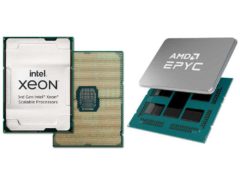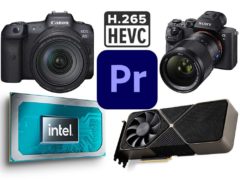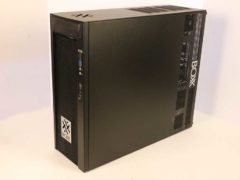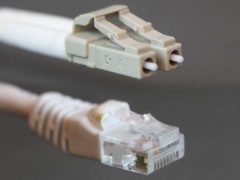
High-End Computers and Workstations
I have always been a fan of top end computer systems. Truth be told, the reason I originally got involved with digital video production back in high school, was because it was the coolest thing you could do with computers. Multi-processor systems have fascinated me since I ordered a dual socket Pentium3 motherboard from the Tiger Direct catalog in 2000. I have had the opportunity to use a lot of the fastest systems that were commercially available over the last two decades, as I continued to find myself on projects that pushed the envelope of what was currently possible in video and post production. For many years, I would never have considered using anything less than a dual socket workstation, with the most powerful processor available. But that is no longer the case, and not because I am not longer using cutting edge workflows, but because of changes in how computers are designed and marketed.
Continue reading










